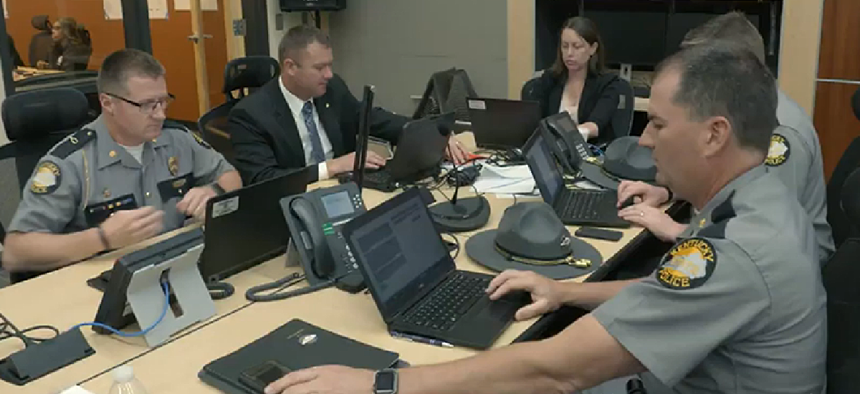FEMA's Shaken Fury exercise tests regional data-sharing portal

The Regional Information Sharing Portal acts as a data collection platform and a source of information for responder agencies.
The Federal Emergency Management Agency's recent Shaken Fury exercise was designed to test multiple states' response to a 7.7 magnitude earthquake near Memphis, Tenn.
International teams worked round the clock on a week-long earthquake response exercise that tested urban search and rescue scenarios and information sharing across federal, state, local and nongovernmental organizations and private-sector partners. Besides demonstrating operational coordination, the exercise focused on incorporating real-time field reporting and validating and tracking mutual aid resources.
To coordinate data sharing and situational awareness, responders used the Regional Information Sharing Portal, which acts as a data collection platform and a source of information for responder agencies. RISP enables coordinated information sharing among participants and populates a regional common operating picture dashboard that monitors a number of indicators including fuel and power consumption, emergency service routes, cellular service and the number of people in shelters. It also pulls in medical information – such as the number of open pharmacies and power-dependent medical devices -- along with historic data. Automated scripts track power outages, social media information sharing and business disruption.
RISP is "the backbone of all the information sharing systems that we have. Everything is … connected to it," Ron Langhelm program manager with the Department of Homeland Security's Science & Technology Directorate said in a video. "We have information coming both feeding into it as well as flowing back out it into other applications. It's providing information for the entire operation center here in Kentucky" as well as other states in the Central US Earthquake Consortium (CUSEC).
Michael Dossett, director of the Kentucky Division of Emergency Management and CUSEC chairman, also praised RISP’s usefulness. “I can look at the level of damage and the predicted recovery time, and that gives me some idea… of how to prepare for what's coming toward us,” he said.
“We can now pull down layers from just about everything, whether it be sheltering, transportation, energy, health. The ability to pull all those resources together, leverage technology to move the information, and then allow folks at my level to make critical decisions … is the foundation of a process that you will see go on for the next decade,” he said
Because RISP is tied into the Tennessee Emergency Management Agency's existing resource tracking board, "we can change a few of our processes to create a dashboard that can identify resource status based on region or county," said TEMA Planning Branch Administrator Josh Wickham. "This is one of my favorite tools because it is just one button that creates all this information that we haven’t had before.”
The ability to share critical emergency information across tribal, local, state and federal organizations benefits FEMA as well. “We are all looking at, assessing and singing off the same sheet of music," said FEMA Region IV Administrator Gracia Szczech. "That's why it's so important to have these types of platforms… so that we can all be together and make those decisions together.”






